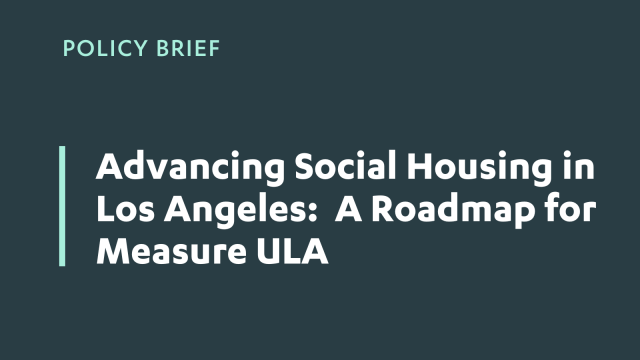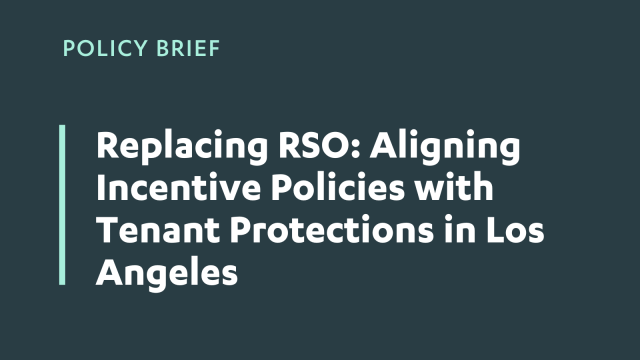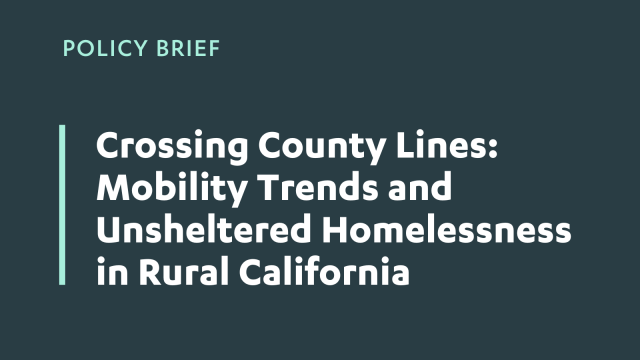A Primer on California’s “Builder’s Remedy” for Housing-Element Noncompliance
The purpose of my research was to understand the transportation needs for residents living at the Century Villages of Cabrillo (CVC) in terms of increasing transportation access to groceries, and recommend interventions that would improve grocery access for residents. CVC is a 27-acre residential community located in the western part of Long Beach that caters to formerly-unhoused folks and veterans. The surrounding land uses and existing transportation conditions make it potentially challenging for community members without access to a car to get groceries. My research question therefore was ‘what are the transportation needs of community members of the Century Villages at Cabrillo to ensure they have access to groceries’. To answer this question, I used a quantitative approach where I surveyed 69 residents throughout the community about how they got to the grocery store, transportation challenges that they faced, and solutions they wanted to see CVC implement.The results revealed several key findings: the majority of CVC respondents traveled greater than two miles to get to the grocery store, and most respondents visited the same grocery stores.. Most respondents primarily took the bus or drove on their last trip to the grocery store regardless of race or ethnicity, with people aged 55 and over, white people and men overwhelmingly taking the bus. On the other hand, people aged 35-54, Black people and women had similar rates of taking the bus and driving. Common transportation challenges when traveling to the grocery store could be broken down into three categories: personal mobility issues, public transit issues, and car-ownership/lack of car-ownership issues. Another finding was that most survey respondents never or rarely experienced food insecurity within the month that they took the survey. Finally, in terms of solutions residents desired, when controlling for the most vulnerable CVC residents with the greatest need for increased grocery access (people who do not own a vehicle and people who face food insecurity), more of these people wanted a free grocery shuttle or grocery delivery service.



